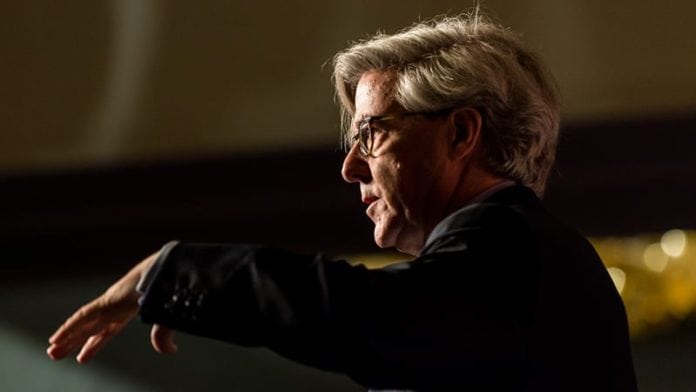
BARRICK executive chairman, John Thornton, described the firm’s 2011 purchase of Equinox Minerals, a company that contains the Lumwana copper mine in Zambia, as “one of the worst acquisitions in history”.
The Canadian gold/copper miner bought the company for about $7.6bn but then wrote-down the investment two years later for about $4.2bn. Thornton said he was now giving thought concluding joint ventures involving the firm’s copper assets, according to Bloomberg News. The newswire was citing comments made by Thornton in an internal staff meeting, parts of which were subsequently published on Barrick’s website.
“The question for us on copper is ‘Can you take the copper assets, combine them with another party, or even two parties and build a first-tier global copper company over time?'” said Thornton. “Now in answering that question, the likelihood that your partner in that endeavor will be Chinese is very high”.
Thornton also said he was looking to hive off assets that did not qualify as ‘tier one’, defined as producing less than 500,000 ounces of gold a year and with a mine life under ten years. He added that in seeking tier one assets, the company might have to operate mines in “challenging” jurisdictions.
“It turns out that there are only 10 to 15 in the world. Now Barrick happens to have, let’s say, four of them. No other company has more than two,” said Thornton. “Obviously, if you have six it’s better, if you have eight it’s better, if you have 10 it’s better,” he said.
Roughly half of the world’s tier-one assets are in “challenging” jurisdictions, meaning the Toronto-based company must be able to operate successfully anywhere, said Bloomberg News. “It’s not an option simply to say ‘we’re only going to be in Nevada …” although that might make sense at a “particular point in time,” he said.
Comments by Thornton that were made public did not include Acacia Resources, the UK-listed company in which Barrick has a 64% stake. The company recently guided to 2018 production of 435,000 to 475,000 ounces although technically it is able to produce much more if not for the mothballing of its Bulyanhulu mine – a consequence of an export ban imposed by the Tanzanian government.
Barrick is currently negotiating with the Tanzanian government which alleges Acacia Resources has underpaid tax worth tens of billions in dollars (including penalties and related interest charges). In October, Thornton proposed Acacia pay $300m to the Tanzanians and yield to a demand for a free-carried 16% stake in the company – an offer than the Wall Street Journal said recently had not been aired with Acacia management, especially Kelvin Dushnisky, Acacia’s then chairman and Barrick co-president.
Said the Wall Street Journal in an article published on August 6: “Mr Dushnisky, who declined to comment, found himself in an awkward position in October when he joined the directors of Barrick’s 64%-owned Acacia Mining at its London headquarters for a board meeting.
“The session was interrupted when an employee burst into the room with news that Mr. Thornton was at a press conference in Tanzania discussing Acacia, people familiar with the meeting said. The proposed agreement he was unveiling would see Tanzania lift a ban on gold concentrate exports in return for a payment of $300m, or nearly 40% of Acacia’s 2017 revenue, plus joint ownership in Acacia’s three Tanzanian gold mines.
Acacia’s stunned directors, including Mr. Dushnisky, had not been consulted, according to people familiar with the matter. They learned about the details watching Mr. Thornton’s Dar es Salaam appearance.”
On July 23, AngloGold Ashanti announced it had appointed Dushnisky as CEO of the company, replacing current CEO, Srinivasan Venkatakrishnan from September 1.










